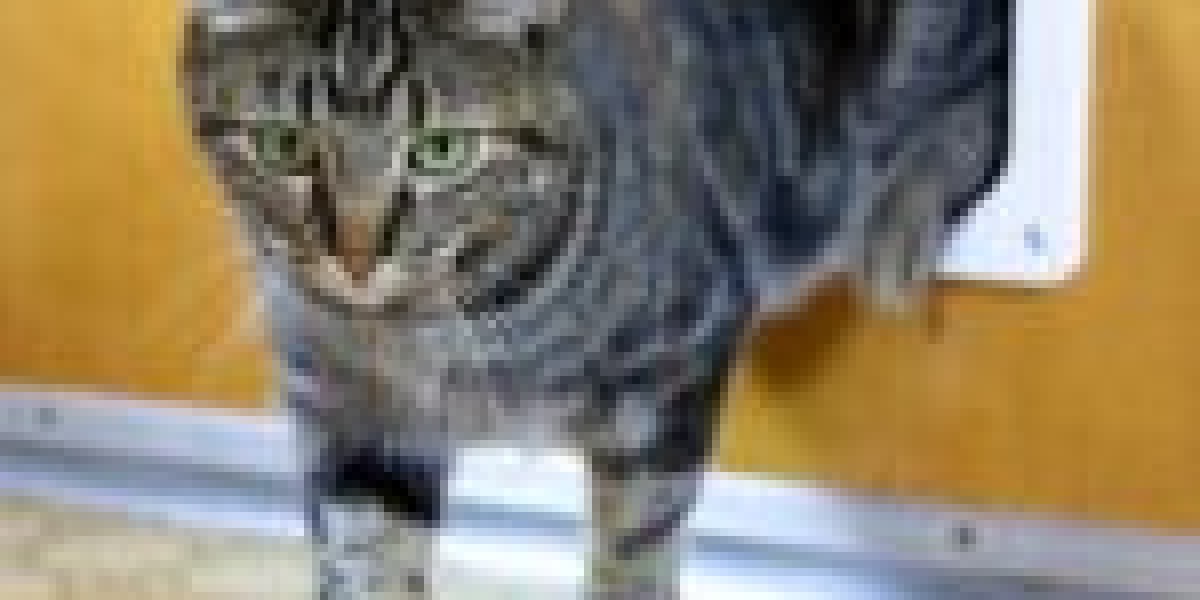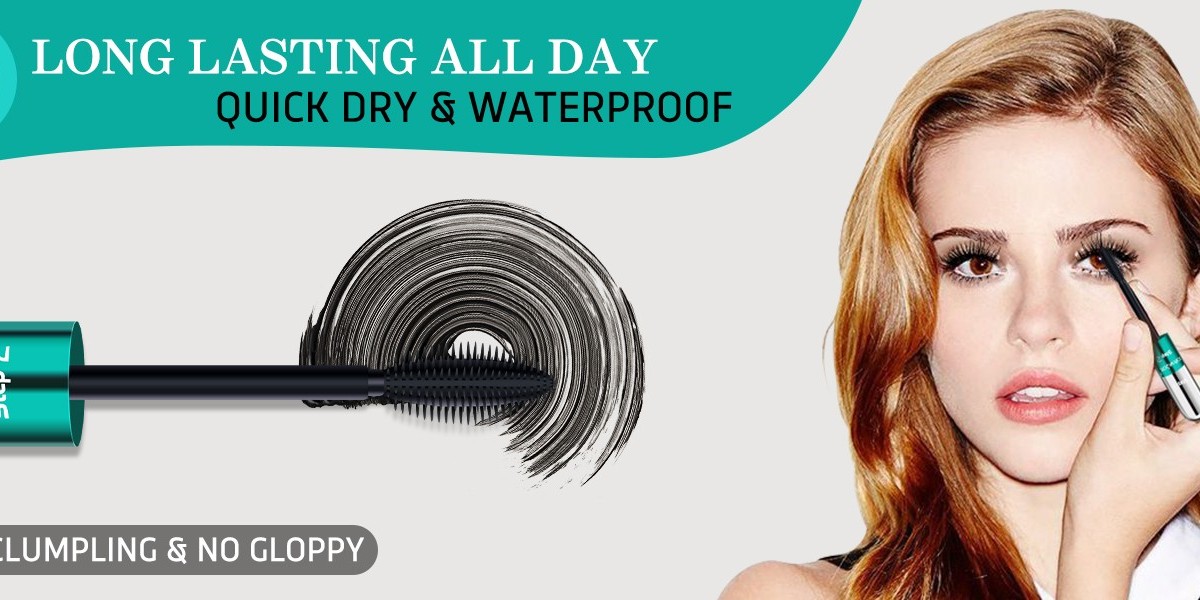
The Purr-fect Fix: A Comprehensive Guide to Cat Door Fixing

As any cat owner can confirm, a cat door is an important function in any feline-friendly home. It provides our whiskered pals with the freedom to come and go as they please, while also keeping unwanted critters out. Nevertheless, like any other family product, cat doors can end up being broken or worn out gradually, www.Repairmywindowsanddoors.co.uk requiring some TLC to get them back in working order. In this post, we'll dig into the world of cat door fixing, checking out the typical problems, DIY services, and expert tips to help you keep your feline pal's entrance in top condition.
Typical Issues with Cat Doors
Before we dive into the fixing part, it's necessary to understand the typical issues that can arise with cat doors. These include:
- Sticking or jamming: Over time, the door's hinges or rollers can become broken, triggering the door to stick or jam.
- Leaks: Gaps or cracks in the door or its frame can enable cold air, wetness, and even unwanted visitors to enter your home.
- Broken or harmed frames: Accidental scratches or knocks can damage the door's frame, jeopardizing its structural integrity.
- Faulty locking mechanisms: The locking system can become jammed or broken, rendering the door worthless.
- Damaged seals: The door's seals can become worn, allowing air to seep through and minimizing the door's energy performance.
Do It Yourself Solutions for Cat Door Fixing
Fortunately, many cat door problems can be solved with some fundamental DIY abilities and tools. Here are some step-by-step services for typical issues:
- Sticking or jamming:
- Clean the door's hinges and rollers with a soft brush and some lubricant.
- Use some silicone-based lube to the hinges and rollers.
- If the door still sticks, attempt adjusting the hinges or changing the rollers.
- Leakages:
- Inspect the door and its frame for spaces or fractures.
- Seal any gaps or fractures with weatherstripping or caulk.
- Replace the door's seals if they're broken.
- Broken or damaged frames:
- Clean and examine the frame for any damage.
- Usage wood glue or a wood filler to repair any cracks or scratches.
- If the frame is significantly harmed, consider changing it.
- Defective locking mechanisms:
- Inspect the locking system for any obstructions or jamming.
- Tidy the locking system with a soft brush and some lube.
- If the locking system is still faulty, think about replacing it.
- Worn-out seals:
- Inspect the seals for any indications of wear or damage.
- Change the seals with new ones, following the manufacturer's instructions.
Expert Tips for Cat Door Fixing
While DIY services can be effective, often it's needed to hire the experts. Here are some expert tips for cat door fixing:
- Use the right tools: Invest in a great quality toolset, including a screwdriver, pliers, and a wrench.
- Procedure two times, cut as soon as: Before making any repair work, confirm your measurements to prevent any expensive errors.
- Utilize the ideal materials: Choose products that are long lasting and weather-resistant, such as stainless steel or PVC.
- Think about updating: If your cat door is old or out-of-date, consider upgrading to a more recent design with improved features and performance.
Regularly Asked Questions
Q: How frequently should I examine my cat flap maintenance door?A: It's suggested to inspect your cat door every 6-12 months to capture any prospective issues before they end up being significant problems.
Q: Can I repair a cat door myself?A: Yes, many cat door problems can be solved with some standard DIY abilities and tools. However, if you're uncertain or uncomfortable with DIY repairs, it's best to speak with a professional.
Q: What are the benefits of upgrading to a newer cat door design?A: Newer cat door designs typically come with improved features, such as much better insulation, improved security, and simpler cleaning.
Conclusion
Cat door fixing is a relatively straightforward process that can be achieved with some standard DIY abilities and tools. By understanding the common problems that can develop with cat doors and following the expert tips and DIY services laid out in this short article, you'll be well on your way to keeping your feline buddy's gateway in top condition. Remember to inspect your cat door routinely and think about updating to a more recent model if required. With a little TLC, your cat flap consultancy door will continue to offer your feline buddy with the freedom and comfort they are worthy of.
Extra Resources
- Cat door maintenance checklist:
- Inspect the door and its frame for any damage or wear.
- Tidy the door's hinges and rollers.
- Examine the locking system for any obstructions or jamming.
- Change the door's seals if they're broken.
- Recommended tools for cat door fixing:
- Screwdriver
- Pliers
- Wrench
- Weatherstripping or caulk
- Wood glue or wood filler
- Cat door producers:
- PetSafe
- Cat Mate
- Staywell
- Suitable pet emergency door installation Products
By following the tips and standards outlined in this article, you'll be well on your way to becoming a cat door fixing expert. Keep in mind to always follow security precautions and seek advice from a professional if you're uncertain or uncomfortable with any element of the process.








